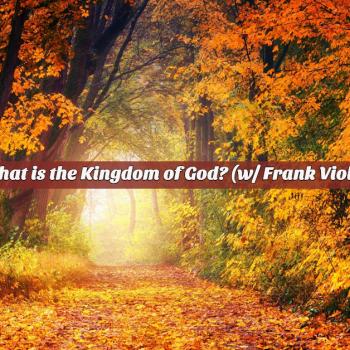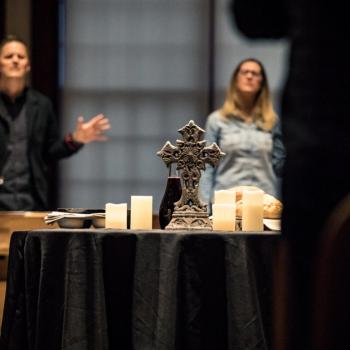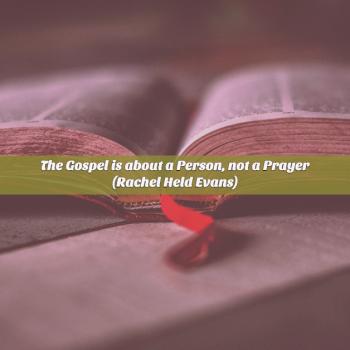Last week I was driving home from leading a training session in the of North of England in our new car. Hoping to listen to some music on the radio I switched on the stereo system.
Having only collected the vehicle that morning I hadn’t worked out how to change radio channels yet and was reluctant to get distracted from driving by trying to read the microscopic print that my middle-aged eyes refuse to acknowledge these days.
I settle for listening to whatever shows happened to come on during my two hour journey home. Towards the middle of my sojourn I was treated to an episode of the BBC radio program Gardeners Question Time, during which all manner of aphid related advice seemed to be on offer.
Now I am not a gardener and I have to confess that I phased out much of what they said as my mind wandered to other things.
Then in the middle of the show my attention was grabbed by a contributor speaking about what she called ‘Forest Gardens’.
She explained that these were areas of garden that were encouraged to grow in a more natural and free way. To be honest if I hadn’t been forced to listen by my inability to use a new radio and drive at the same time I would have changed channels a long time since. Yet here was a moment when I realised this truth about gardening could be used to help me understand the church in a fresh way.
British gardening habits are still highly influenced by Victorian sensibilities and the need for order. This regimented, unemotional, approach to life was in many ways a reaction to the French revolution and the distinct possibility of a similar uprising in these fair isles.
Mirroring the new ordered approach to life, gardens (at least for the wealthy) became expressions of control and dominion with the Laird being congratulated for the work done by his underpaid workforce.
In years to come slum terraces would be demolished to be replaced by modern houses with small amounts of land in which inhabitants could mirror this need for order, with close cut lawns and well stocked flower beds.
During this period you would be forgiven for thinking that such landscaping was the definitive standard for all gardens everywhere. Indeed there are examples of this view all around the former British Empire.
The benefits of this style of gardening are obvious in that it allows for clarity with well defined borders between flowers and lawn.
Forest Gardens, however, offer the possibility of seeing new flowers and wildlife that would not be welcomed in the ordered world of Victoriana.
The radio expert was asked whether it was easier to cultivate this freer expression of horticulture and she, somewhat counter-intuitively, responded ‘no’. Going on to explain her views she said:
‘….you need a different eye’ to even want to begin the journey. ‘
Setting up a contrast with the more traditional approach she continued ‘You are less hands on. But you have to notice different things.’
In an instance I saw a comparison between the conservative evangelicalism that I had been brought into and our new found missional expression of church.
The old offers the comfort of clear lines and a definition that allows us to believe that we are immune from the world outside of our fences.
The new, however, looks messy and doesn’t seem to offer the clarity that we think should be an integral part of church and the gospel. There are many terms used to describe this ecclesiological expression but I have chosen to use Evangelical Morphodoxy. It is way of describing the tension felt between being rooted in an ancient faith but being open to find new ways to shape it in every new context. The Incarnational idea of morphing into the most appropriate expression of the good news seems to best reveal who Jesus Christ is.
Sometimes people will come into our small fellowship and leave with the impression that things are a little more messy than they had anticipated. I have to confess this is sometimes due to things that we have failed to organise well; but mostly it is to do with the type of church we are trying to build.
I am sure that some will equate our messiness with a lack of vision: but they would be mistaken in this view.
We do have a vision but the signifiers are different than the ones that Christians have often been taught to expect.
The reward for producing a Forest Garden is that you get to see different plants and wildlife that are not always welcome in the perfectly ordered Victorian influenced garden.
The reward of having an Evangelical Morphodoxy approach is that we get to see new fruit and new life that at times is unexpected.
To start this we need to accept that we perhaps need to be ‘….less hands on’ and ‘…notice different things.’
————————-
Thanks to my good web friend, Al Molineaux for this challenging guest piece. Connect with him on Twitter.












